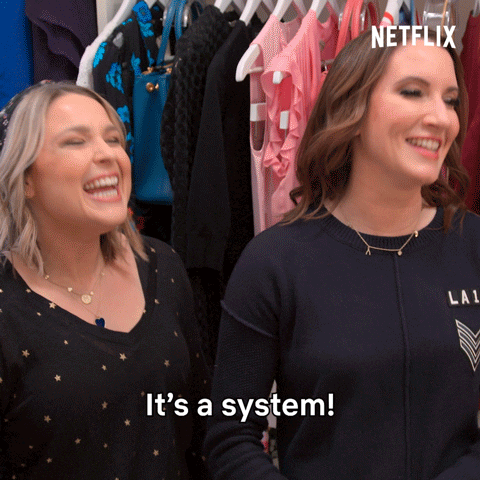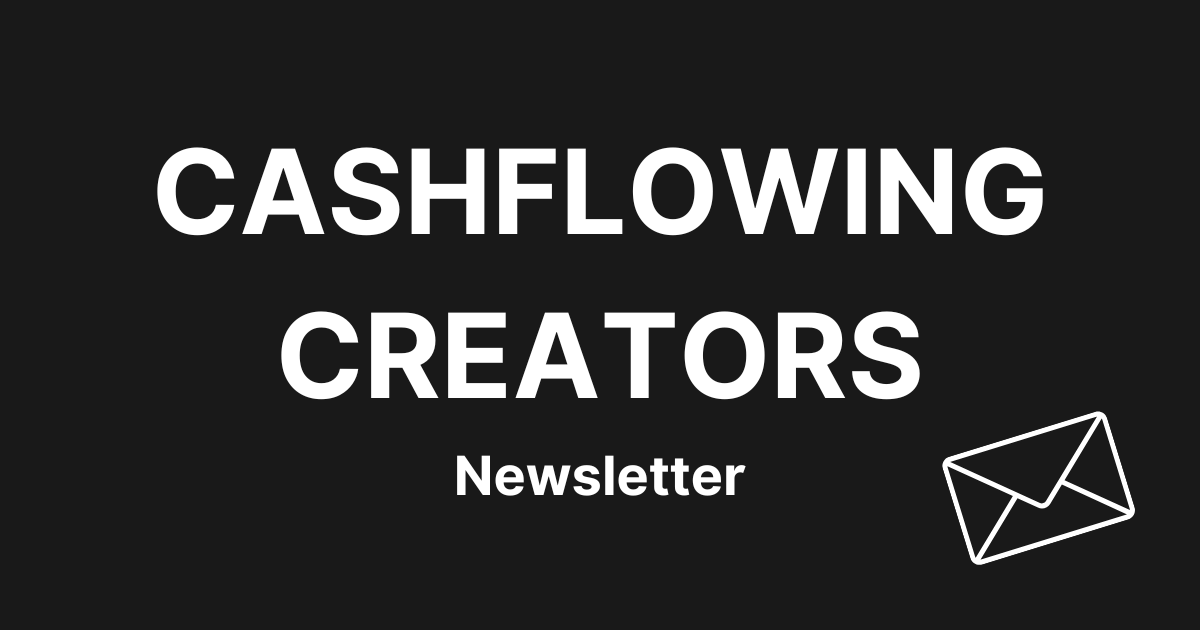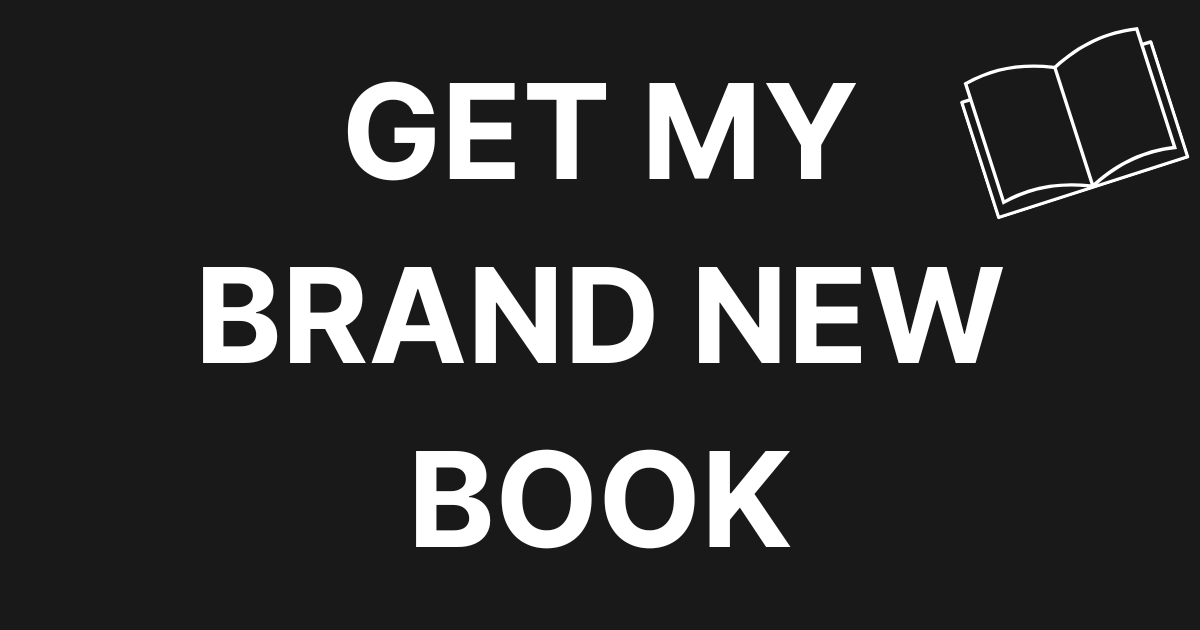Facebook has made it so easy for anyone to jump on the ad platform and start running ads for their business.
But it takes a lot to be successful with Facebook ads — they are not as simple or straightforward as most 18 minute YouTube videos might lead you to believe.
You have an uphill battle ahead if your strategy isn’t well thought out and executed correctly from day one!
That’s why I want to show you how my agency onboards new clients and what we focus on to create winning ad campaigns.
My goal through showing you our process is that you’ll see all the work that it takes to create ad campaigns that bring long-term success.
Maybe you can learn a few things to improve your own process.
Alright, let’s dive in.
Table of Contents
To Compete You Need To Make An Impact
Running Facebook ads isn’t the same as it used to be.
The platform is more competitive, more expensive, and there’s less data coming back on campaigns to understand if they’re performing well or not.
This combo makes it difficult and even more important to make sure you have a plan in place before you start pushing buttons on the ad platform.
You need to make impactful campaigns with impactful messaging that is congruent with your brand.
To do that you need to do the proper prep and strategy to make sure that happens.
Start With A Solid Organizational Foundation

From the very beginning, it’s super important to stay organized because there are so many moving pieces when managing Facebook ads.
It can be easy to lose track of everything, between the ads themselves, audiences, metrics, and many different people touching the campaign (whether that’s copywriters, designers, or media buyers).
So we need to make sure that we have this all organized and defined to be successful.
First we create an organizational base to keep track of and compile everything we need to know about the client.
As a business owner, you want anyone who will be working with you to quickly come in and see what’s going on.
What helps with this is having transferability or a way to quickly hand off the information someone needs so you’re all on the same page.
Throughout this article I’ll be referencing the tools and docs we use to execute our research and stay organized while we do it.
The tools and docs include:
- Clickup (you can use any project management tool to get the job done)
- Three main Google Docs
- Discovery Questionnaire
- Strategy doc
- Internal Project Tracking Spreadsheet
Let’s take a deeper look into how we kick everything off with these documents as our guide.
Discovery Questionnaire
The way we kick off our onboarding process is by sending over a discovery questionnaire to our client. This asks them all the things that we need to know about their business.
It includes:
1. Access to clients platforms & assets
2. Questions about their business
3. Measuring Success
4. Their Ideal Customer
5. Their Brand
6. Questions about their main offer
7. Questions about email marketing
8. Questions about content & social media marketing
All of this will help us understand their avatar, their messaging, and the strategy they’re using for the rest of their business to make sure that our media buying is helping them holistically with everything they’re doing.
For your own business take time to go through all this info and make sure it’s organized so anyone else helping you run ads can easily jump on and help you out.
Strategy & Offer Doc
Next we set up a strategy doc for them where we keep track of everything we’re doing for the account.
We use a Google Slide Deck to make it super easy so that anyone who starts to work on this project can very quickly go through it.
In the slide deck we have:
- The client’s value proposition
- Their avatar along with pain points and solutions
- The details of everything that they need for the funnel & offers
- The strategy for cold warm and hot traffic
- The different offers that we want to promote
- A guide to understanding the stages of awareness along the customer journey
- Brand personality/voice guidelines
Overall it becomes a really easy way for anybody who comes to work on this to have pretty much everything they need to get started.
Main Project Tracking Spreadsheet
As I mentioned before, there are a ton of moving pieces with Facebook ads.
So we also have an internal project doc for our team that serves as the centralized place where we keep track of all stats, assets, and learnings.
In our internal spreadsheet we keep track of:
- Budget targets
- Client goals
- KPI’s for all campaigns
- Ad copy
- Creatives (Images / Videos)
- Testing Schedule & Results
- Historical Campaign Data & Dashboards
Anything we might need to track for a campaign is all tracked in one place so we can easily measure the performance.
This spreadsheet gives us the ability to hand this off to whoever is working on it and we can all measure things like what ad copy, what visuals, and what creatives have worked best and are getting the most results.
This allows us to break it all down to different levels so we can see what’s working.
Diving Into Research & Going Through Everything About The Client
Once we have our core structure in place the next step is to dive into research and use all our resources and everything we can from our client to get a deep understanding of their ideal customers, goals, avatar, offer, and funnel.
We usually break this up into a few sessions.
By pulling up the discovery questionnaire that’s been filled out by our client we can start to go through it and get very clear about who the ideal customer is.
We take time to go through:
- Landing pages
- Sales pages
- Webinars
- Social media content
- Emails
- Organic Content
We are getting to know everything about our clients’ business, their customers, and pulling ideas for messaging and unique hooks from all of these areas that we can use in our ads.
Using Groups Online To Understand The Avatar
We’ve also found that using online groups can be super helpful when diving deeper into avatar research.
We take time to look inside places like Amazon forums, Facebook groups, Reddit, Quora, and Slack groups to determine the common terminology used in the client’s particular marketplace.
The avatar is something everyone on our team needs to have super clear before we can create campaigns that hit the mark.
Benchmarking Competitors
Another critical part of the whole process is research and benchmarking competitors in our client’s marketplace.
We look through:
- Testimonials
- Videos
- Ads
- Social media content
- Facebook groups
- Reviews
- Online comments
to find out what kind of results their clients have gotten and the problems they were trying to solve.
Looking at competitors also helps to get inspiration about what seems to be working already in the marketplace.
We create a swipe file of everything we see to inspire ourselves, our graphic designers, and copywriters.
Jumping into the Ad Account
Finally after all of this, we jump into the actual account itself and look at historical performance.
Inside we look at:
- What ads were working
- Which audiences were actually generating results
- What were the average CPMs, CTR, CPCs, and conversion rates
If there are other ad platforms active we have a look at those as well.
For example, if we have a client running YouTube ads, we look at what’s working on that platform to see what messaging is working over there as well.
Then we can take those learnings and use them for our client’s strategies on any paid advertising platform.
Finally after all of this, we jump into the actual account itself and look at historical performance.
Inside we look at:
- What ads were working
- Which audiences were actually generating results
- What were the average CPMs, CTR, CPCs, and conversion rates
If there are other ad platforms active we have a look at those as well.
For example, if we have a client running YouTube ads, we look at what’s working on that platform to see what messaging is working over there as well.
Then we can take those learnings and use them for our client’s strategies on any paid advertising platform.
Audit The Measurement & Tracking
While doing the review of the ad account we also do an audit of the measurement and tracking.
Auditing your tracking & measurement is an essential step because we find that so many businesses don’t have a sufficient tracking system.
Most Pixel tracking is pretty inaccurate and a lot of businesses can’t trust the data in their ads manager.
This is why we have all our clients rely on some kind of third-party tracking and reporting platform for advertising. We always set up Google Analytics and these days Hyros.
When looking at the measurement and tracking we need to understand how the pixel is set up, what the events are, and the custom conversions so we know we can trust the data and we know what we should be optimizing for.
We also want to benchmark that data against their actual data – so we look at their CRM to see if leads are lining up with leads in Facebook ads manager, seeing if sales are actually lining up with sales in their shopping cart, etc.
Creating the Strategy
Finally after all of this we go in and map out the strategy for the campaign.
This is where we:
- Create the KPIs, figuring out what the metrics are that we need to hit their goals.
- Decide how we will break up spending on cold traffic, warm traffic, and hot traffic.
- Create the testing strategy and create the Facebook ads budget for the first 30 days.
- Create a 30-60-90 day plan outlining exactly what we will do in that time frame to make the campaign successful.
We keep this information in our internal strategy doc so anyone on the team can easily reference it.
Conclusion
That’s our process! Notice that we haven’t made any changes to the ad platform or even started writing Facebook ad copy.
Instead we’re taking the time to digest everything we can about the client and get that organized so there’s congruency, clarity, and transferability with the entire campaign and everyone we’re working with.
Then we take the time to absorb the information and brainstorm some great ideas to make impactful campaigns.
Hopefully you have a better idea of what it really takes to create winning Facebook ad campaigns BEFORE jumping on the ad platform.
If you need some help with this you can always reach out about working with us to do this for you.




0 Comments